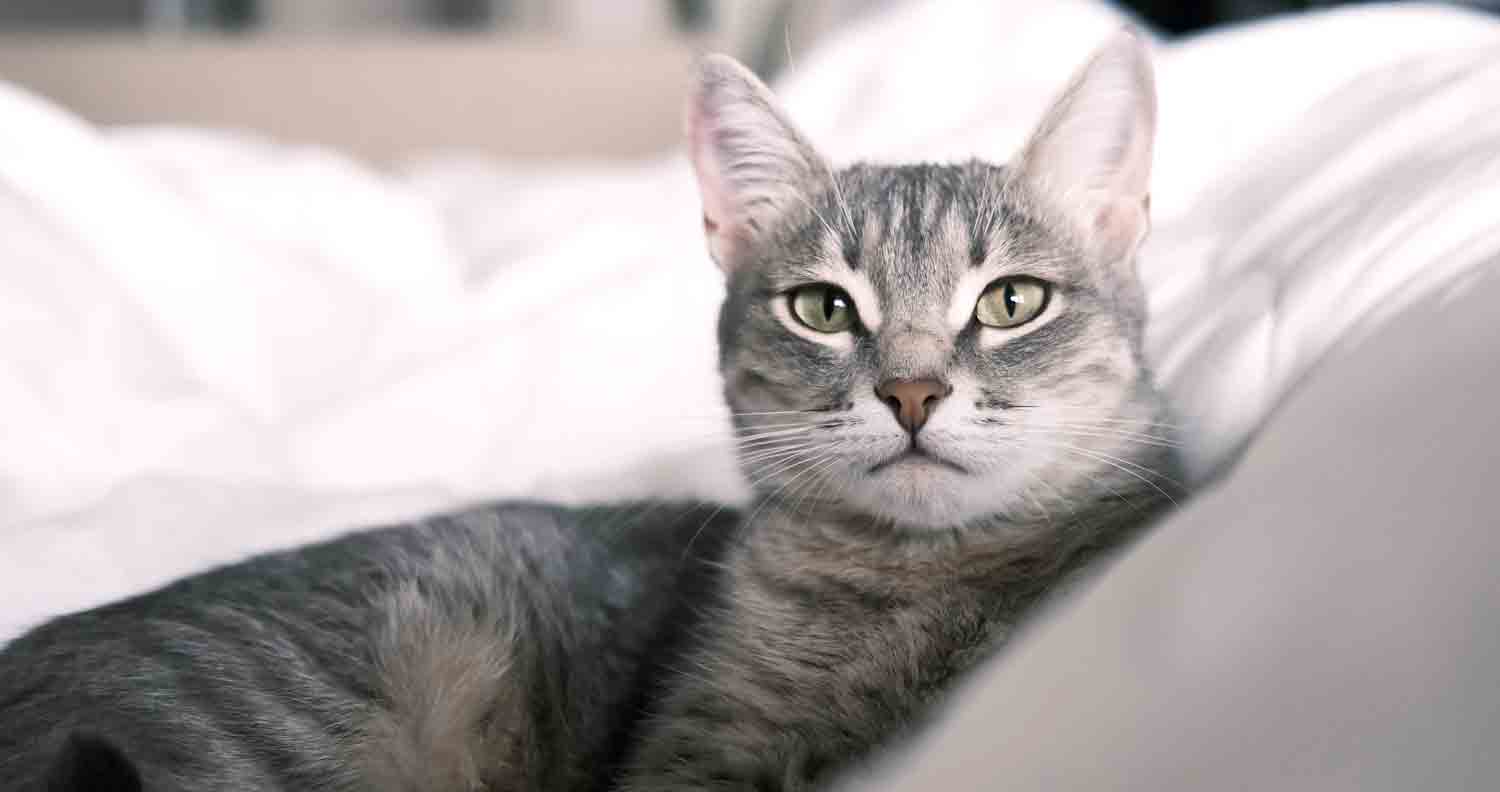

Articles
Why Do Cats Lick Pillows
Modified: December 7, 2023
Discover the fascinating behavior of cats licking pillows in our informative articles. Understand why cats engage in this curious habit and how to address any related concerns.
(Many of the links in this article redirect to a specific reviewed product. Your purchase of these products through affiliate links helps to generate commission for Storables.com, at no extra cost. Learn more)
Introduction
Cats are fascinating creatures that never cease to amaze us with their peculiar behaviors. From chasing their tails to batting at imaginary creatures, they constantly keep us entertained. One of the more curious behaviors exhibited by cats is their tendency to lick pillows. It’s a behavior that may puzzle and intrigue cat owners, but there are actually several reasons why cats engage in this behavior.
While it’s common for cats to groom themselves and others, licking pillows is a behavior that goes beyond regular grooming. It’s important to understand that cats have a complex sensory system and their behaviors are often driven by their unique instincts.
In this article, we will dive into the reasons why cats lick pillows, exploring both the fascinating instincts behind this behavior and the potential health concerns associated with it. By gaining insight into your cat’s motivations, you will be better equipped to understand and address their needs.
So, let’s explore the intriguing world of cats and their affinity for licking pillows!
Key Takeaways:
- Cats lick pillows for sensory stimulation, comfort, and to mark their territory. Understanding their behavior helps create a nurturing environment that meets their needs and strengthens the bond with their owners.
- Excessive pillow licking may indicate health issues or stress. Providing alternative outlets for grooming needs and seeking professional help can address this behavior and ensure the well-being of cats.
Read more: Why Do Cats Knead Pillows
The Fascination with Pillows
Cats have an inexplicable fascination with pillows, and this attraction may stem from various factors. One possibility is that pillows provide a unique texture and scent that captivate their senses. The soft and plush nature of pillows appeals to their tactile instincts, giving them a comforting and enjoyable experience.
Moreover, pillows often retain the scent of their owners or the environment they are in. Cats have an incredibly keen sense of smell, and as a result, they are drawn to items that carry familiar scents. By licking pillows, cats may be seeking a sense of familiarity and connection to their owners, finding solace in the scent that reminds them of home.
Another aspect that adds to the allure of pillows is their shape. Cats are naturally attracted to objects that they can knead, and pillows provide the perfect surface for this behavior. Kneading is a reflexive action that kittens engage in while nursing to stimulate milk flow. As they grow, this behavior becomes associated with feelings of comfort and security. Therefore, when cats lick pillows, they may also engage in kneading, further enhancing their enjoyment.
It’s important to note that not all cats are equally fascinated with pillows. Some cats may show little to no interest, while others may display an overwhelming fascination. The appeal may vary based on individual preferences and experiences. Additionally, cats may also show interest in other soft objects, such as blankets or stuffed animals, for similar reasons.
Understanding the fascination with pillows is the first step in deciphering why cats engage in this behavior. By recognizing the sensory appeal and associations they have with pillows, we can better appreciate their unique perspective and cater to their needs.
The Sensory Appeal
Cats have highly evolved sensory systems, and their attraction to pillows may be attributed to the sensory appeal these objects provide. Pillows offer a combination of textures, scents, and even sounds that can stimulate a cat’s senses in a variety of ways.
The soft and plush texture of pillows can be quite enticing to cats. They enjoy the feel of the fabric against their tongues and may derive pleasure from the tactile sensations. The smoothness and pliability of pillows make them ideal for grooming, as cats can easily navigate their tongues over the surface.
In addition to texture, pillows often retain a variety of scents that can captivate a cat’s olfactory senses. Cats have an incredibly powerful sense of smell, and they rely on their noses to navigate their environment, detect prey, and identify familiar scents. When a pillow carries the familiar scent of their owner or the surrounding environment, it can provide a sense of comfort and familiarity, eliciting a positive response.
Furthermore, the act of licking pillows may also produce subtle sounds that cats find intriguing. The soft, repetitive sound of the licking motion may be satisfying to their keen sense of hearing, further adding to the sensory experience.
It’s important to note that the sensory appeal of pillows may vary depending on the specific characteristics of the pillow. Different fabrics, scents, and textures can elicit varying levels of interest from cats. Some cats may prefer silk pillows, while others may be more drawn to pillows with a bit of texture, such as those made with faux fur or velvet. Paying attention to your cat’s preferences can help you choose pillows or other soft objects that provide the most sensory appeal.
By recognizing and understanding the sensory aspects that attract cats to pillows, we can better appreciate why they find such fascination in this behavior. Creating an environment that stimulates their senses in a positive way can contribute to their overall well-being and satisfaction.
Marking Territory
One of the reasons why cats may lick pillows is to mark their territory. Cats have scent glands on various parts of their bodies, including their tongues. When they lick an object, they are essentially leaving their scent behind. This behavior helps them establish their territory and communicate their presence to other animals.
By licking pillows, cats may be asserting ownership over them and sending a message to other cats or animals in the household. This territorial marking behavior is instinctual and serves as a way for cats to ensure their space is respected.
Additionally, cats have scent glands in their cheeks, and when they rub against pillows while licking, they are leaving their pheromones on the object. This behavior is known as bunting and is another form of marking territory. The combination of licking and rubbing against the pillows allows cats to claim the object as their own.
It’s worth noting that territorial marking through licking pillows is not limited to outdoor or stray cats. Even indoor cats, who may not have as much need to defend their territory, may still exhibit this behavior. This is because marking territory is deeply ingrained in their feline instincts and serves as a way for them to maintain a sense of security and control over their environment.
While humans may not understand this behavior, it’s important to respect a cat’s need to mark their territory. Pillows that have been licked and marked by a cat can provide them with a sense of comfort and security. It’s advisable to provide cats with designated objects, such as scratching posts or blankets, that they can use for this purpose, allowing them to fulfill their natural instincts without causing damage to household items.
Understanding and accepting a cat’s territorial marking through pillow licking can help create a harmonious living environment while honoring their natural instincts.
Mimicking Grooming Habits
Cats are known for their meticulous grooming habits. They spend a significant amount of time each day grooming themselves, ensuring that their fur is clean and free from tangles. This grooming behavior is not only essential for maintaining hygiene but also serves as a way for cats to bond and communicate with each other.
When cats lick pillows, they may be mimicking their grooming habits, treating the pillow as if it were another cat. This behavior is often seen in cats that have a strong bond with their owners or other household members. They may view the pillow as a surrogate or substitute for their human or feline companion, expressing their affection through grooming.
Through grooming, cats show their social bond and strengthen their relationships. By licking pillows, cats may be exhibiting this social behavior, even if there are no other cats present in the household. It is a way for them to express their attachment and affection, maintaining the bond they have with their owners.
This behavior can also be attributed to kittens who have been separated from their mother too early. Kittens typically learn proper grooming techniques from their mothers, and if they are separated prematurely, they may seek alternative objects, such as pillows, to practice their grooming skills.
In some cases, cats may also lick pillows as a way to self-soothe. They find comfort in the repetitive motion and the act of grooming, which can help reduce anxiety or stress. It’s similar to how humans find comfort in certain self-soothing behaviors, such as rubbing their temples or twirling their hair.
If your cat engages in pillow licking as a form of mimicking grooming habits, it’s important to observe their behavior and provide appropriate outlets for their grooming needs. Regularly brushing your cat, providing them with scratching posts, and engaging in interactive play can help redirect their grooming instincts and maintain a healthy bond.
Understanding the connection between pillow licking and grooming habits can deepen our appreciation for cats’ social behaviors and strengthen the bond we share with them.
Cats may lick pillows due to comfort, grooming, or marking their territory with their scent. Providing a designated grooming brush or blanket may redirect this behavior.
Read more: Why Do Dogs Lick Rugs
Seeking Comfort and Security
Cats are creatures of comfort, and seeking a sense of security is essential to their well-being. Licking pillows can be a way for cats to find comfort and create a safe space for themselves.
Pillows are often associated with relaxation and restful environments. The softness and warmth they provide can be incredibly appealing to cats, especially when they are seeking a cozy spot to relax or sleep. By licking pillows, cats may be trying to enhance the comfort level of their chosen resting place.
In addition, pillows can provide cats with a sense of security. Cats are known for being cautious and alert animals, always on the lookout for potential threats. Licking pillows may help cats feel more secure by leaving their scent behind, thus creating a familiar and safe environment.
Cats also have scent glands in their paws, which can further contribute to the sense of comfort they derive from licking pillows. When they knead and lick pillows, they are leaving behind their unique scent, making the object even more familiar and reassuring.
It’s important to note that seeking comfort and security through pillow licking is not limited to adult cats. Kittens often engage in this behavior as a way to self-soothe and find comfort in their new surroundings. They may associate the softness and warmth of pillows with the safety and comfort they experienced while nursing with their mother.
If your cat is consistently engaging in pillow licking behavior to seek comfort and security, it’s crucial to provide them with alternative sources of comfort, such as soft blankets or cat beds. Ensuring that your cat has a designated, cozy space of their own can help satisfy their need for comfort and security, reducing their reliance on pillows.
Understanding your cat’s need for comfort and security through pillow licking can help create a nurturing environment that promotes their overall well-being.
Indicating Affection
Cats have unique ways of showing affection, and licking is one of them. When cats lick pillows, it can be a sign of their affection towards their owners or other members of the household.
Licking is a behavior that cats engage in to bond with others. It is a form of social grooming and is often seen between mother cats and their kittens. Kittens learn to groom and bond with their mother through this behavior, and as they grow older, they may transfer this affectionate habit to other objects, such as pillows.
By licking pillows, cats are expressing their love and attachment. They may view the pillow as a surrogate or substitute for their human or feline companion, treating it with the same tenderness and care they would give to a loved one.
Cats may also lick pillows as a way to seek attention and interaction from their owners. They learn that licking can elicit a response or receive affection in return. If your cat licks pillows and then comes to you seeking attention, they may be using this behavior as a way to communicate their desire for affection and connection.
It’s important to respond to your cat’s affectionate behavior in a positive way. Engage in interactive play with them, pet them gently, and provide verbal affirmations to strengthen your bond. However, if excessive licking becomes a problem, it’s essential to set boundaries and redirect their attention to more appropriate forms of affection.
Understanding that pillow licking can be a way of indicating affection allows us to appreciate the depth of the bond we share with our furry friends. It’s a testament to the love and connection they feel towards us.
Possible Health Issues
While pillow licking is a common behavior among cats, it’s important to be aware that excessive licking can sometimes be a sign of underlying health issues. If your cat excessively licks pillows or engages in obsessive grooming behaviors, it’s crucial to monitor their behavior and consult with a veterinarian if necessary.
One potential health concern associated with excessive pillow licking is a condition called psychogenic alopecia. This is a behavior-driven disorder where cats excessively groom or lick themselves, leading to hair loss and skin irritation. It is often triggered by stress, anxiety, or boredom. Pillow licking may be a manifestation of this condition, and it’s important to address the underlying causes to prevent further harm to your cat’s well-being.
Another potential health issue to watch out for is allergies. Cats can develop allergies to various substances, including the materials used in pillows, such as fabrics, dyes, or synthetic fillings. If your cat exhibits signs of allergies, such as excessive licking, scratching, or skin irritations, it’s essential to identify and eliminate the allergen to provide relief. Consultation with a veterinarian can help determine the cause of the allergies and recommend appropriate treatment options.
Additionally, compulsive behaviors, including excessive licking, can be associated with underlying medical conditions, such as pain or discomfort. Cats may lick as a way to soothe themselves or alleviate discomfort in a specific body part. If you notice your cat exclusively licking a particular pillow or area, it’s crucial to investigate further and rule out any potential medical issues.
Observing your cat’s behavior and paying attention to any changes in their patterns of licking is essential for identifying possible health concerns. If you suspect that your cat’s pillow licking behavior is excessive or abnormal, it’s always best to consult with a veterinarian. They can conduct a thorough examination, run necessary tests, and provide appropriate guidance and treatment to address any underlying health issues.
Taking proactive steps to address potential health concerns will ensure your cat’s overall well-being and help them lead a comfortable and happy life.
Addressing Excessive Pillow Licking
If you notice that your cat is engaging in excessive pillow licking, it’s important to address the behavior and determine any underlying causes. Here are some strategies you can implement to help address and manage excessive pillow licking:
1. Rule out medical causes: Schedule a visit to the veterinarian to rule out any underlying medical issues that may be causing the excessive licking. The veterinarian can conduct a thorough examination and run necessary tests to determine if there are any health concerns that need to be addressed.
2. Reduce stress and anxiety: Excessive licking can be a result of stress or anxiety. Identify possible stressors in your cat’s environment, such as changes in routine, the addition of new pets, or loud noises, and try to minimize them. Provide a calm and secure environment for your cat, with plenty of hiding spots and comforting spaces.
3. Provide enrichment and mental stimulation: Boredom can contribute to excessive licking behaviors. Ensure that your cat has plenty of toys, scratching posts, and interactive playtime to keep them mentally and physically engaged. Puzzle toys and treat dispensers can also help stimulate their minds and distract them from the urge to lick pillows.
4. Offer alternative outlets for grooming needs: Provide your cat with appropriate outlets for their grooming instincts. Regularly brush your cat’s fur to remove loose hair and prevent matting. Offer scratching posts or boards lined with textured materials to allow them to groom and file their nails naturally.
5. Use deterrents: Consider using deterrent sprays or products on the pillows to discourage your cat from licking them. These products emit scents that cats find unpleasant, which can help redirect their attention elsewhere. Always ensure that the deterrents used are safe and non-toxic for your cat.
6. Seek professional help: If the excessive pillow licking persists or worsens despite your efforts, consider consulting with a professional animal behaviorist. They can assess your cat’s behavior and provide specific strategies and recommendations tailored to your cat’s needs.
Remember, addressing excessive pillow licking requires patience, consistency, and a thorough understanding of your cat’s unique needs. By addressing any underlying issues and providing appropriate outlets for their instincts, you can help redirect their behavior and promote their overall well-being.
Read more: Why Does My Cat Lick Plastic Shower Curtain
Conclusion
Cats are complex and fascinating creatures, and their behavior, including licking pillows, can be influenced by various factors. Understanding the reasons behind this behavior can help us provide a nurturing environment that meets their needs and ensures their well-being.
We’ve explored the fascination with pillows, the sensory appeal they provide, and how cats utilize pillow licking to mark their territory and mimic grooming habits. We’ve also discussed how cats seek comfort and security through this behavior and how it can serve as an indication of affection.
However, it’s important to remain vigilant about possible health issues that excessive pillow licking may indicate, such as psychogenic alopecia, allergies, or underlying medical conditions. Seeking guidance from a veterinarian is crucial in such cases to ensure the proper care and treatment for your furry friend.
If your cat engages in excessive pillow licking, taking proactive steps to address the behavior is essential. Reducing stress, providing mental stimulation, offering alternative grooming outlets, and seeking professional help when needed are all important strategies to consider.
Understanding and catering to your cat’s behaviors enriches the bond you share, allowing for a harmonious and fulfilling relationship. By providing a comfortable and stimulating environment, addressing their needs, and ensuring their overall health, you can create a happy and contented life for your feline companion.
So, embrace the quirks and behaviors of your cat, including their fascination with licking pillows, and continue to nurture a loving and understanding relationship with them.
Frequently Asked Questions about Why Do Cats Lick Pillows
Was this page helpful?
At Storables.com, we guarantee accurate and reliable information. Our content, validated by Expert Board Contributors, is crafted following stringent Editorial Policies. We're committed to providing you with well-researched, expert-backed insights for all your informational needs.
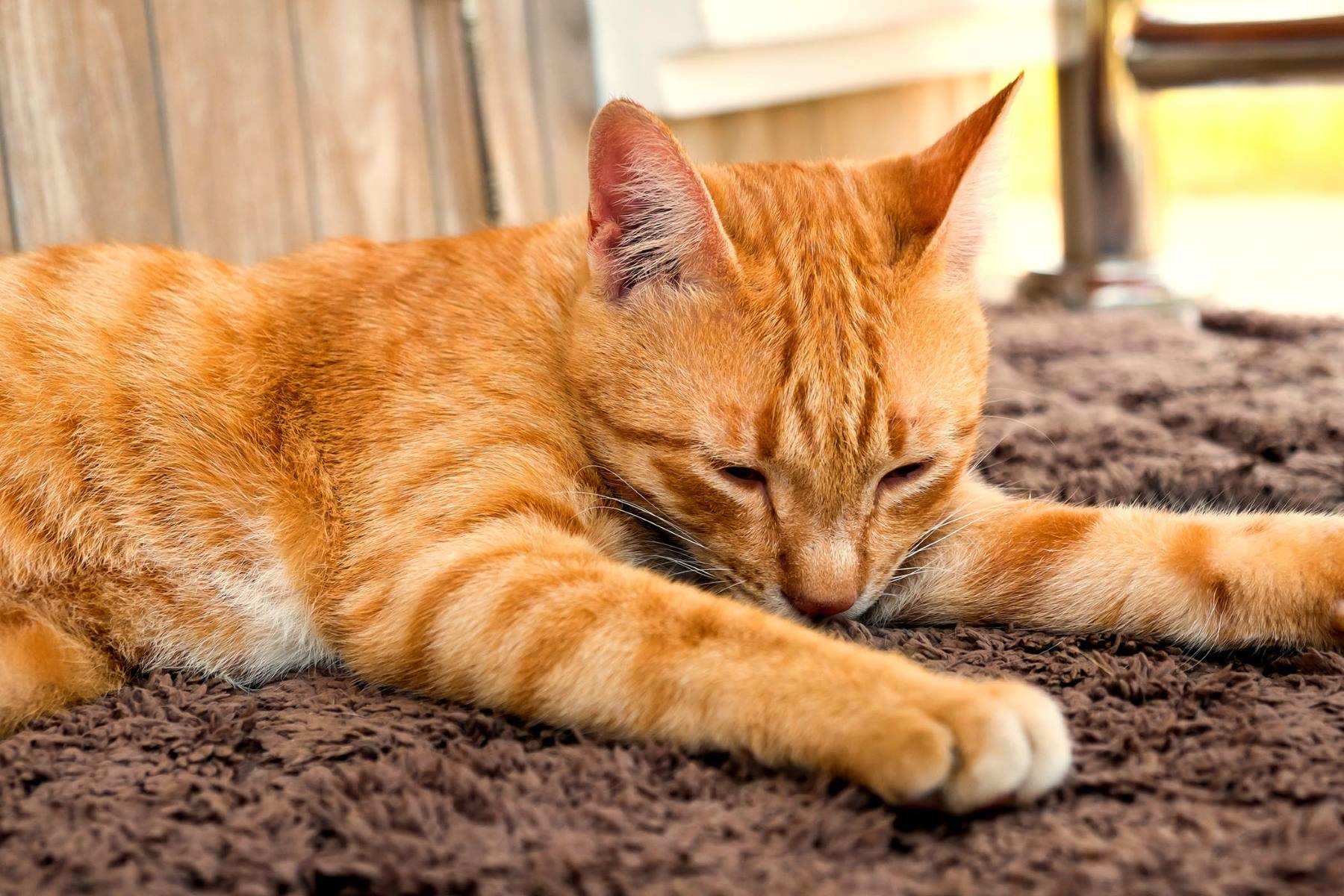
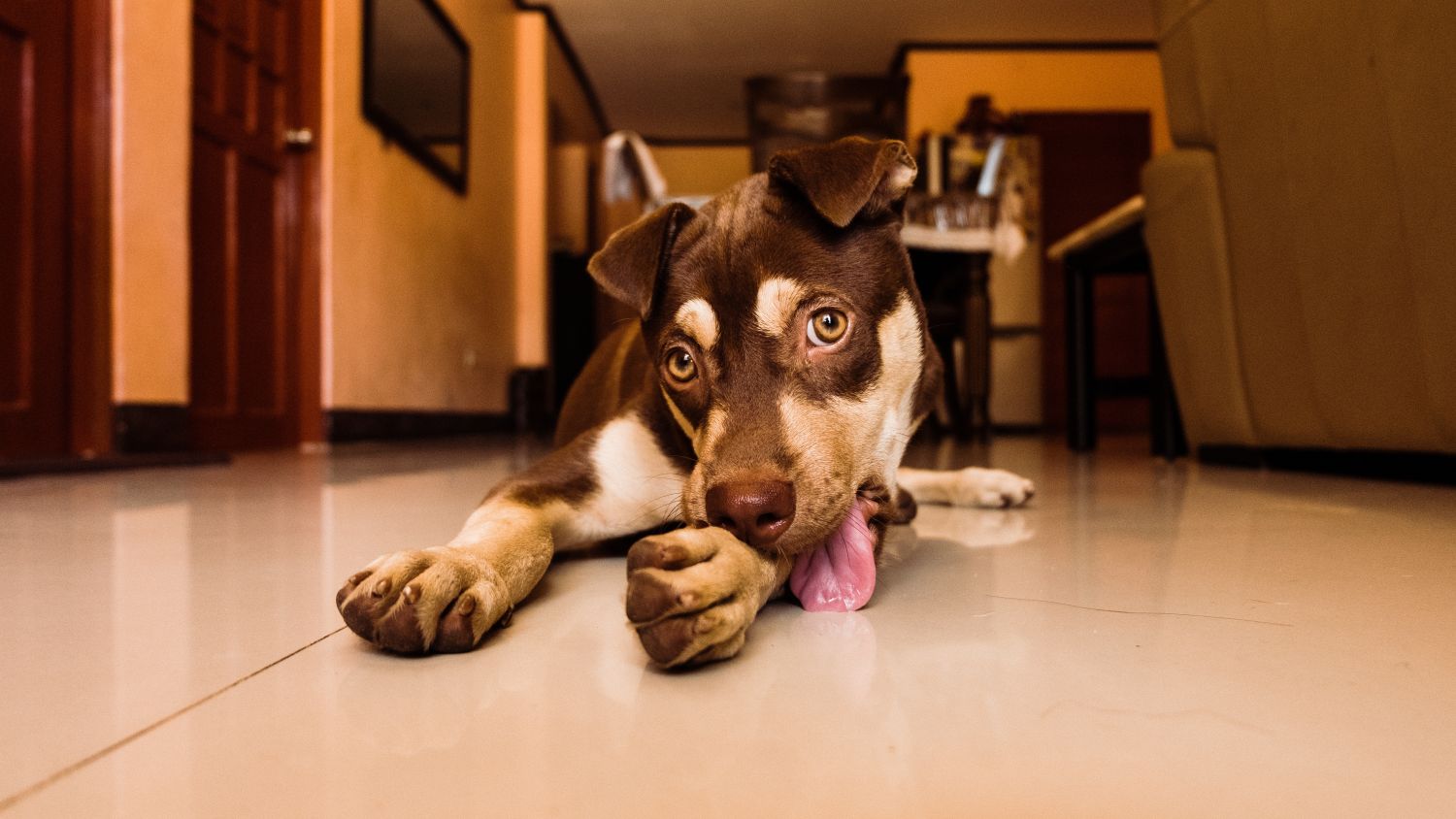
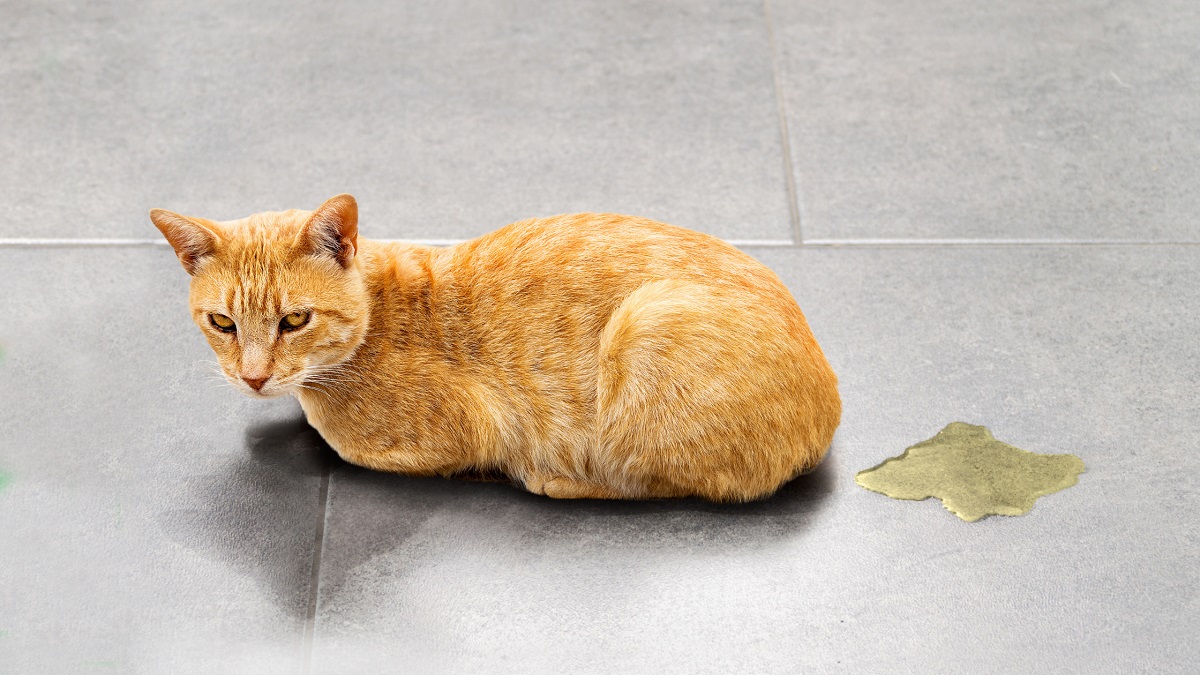
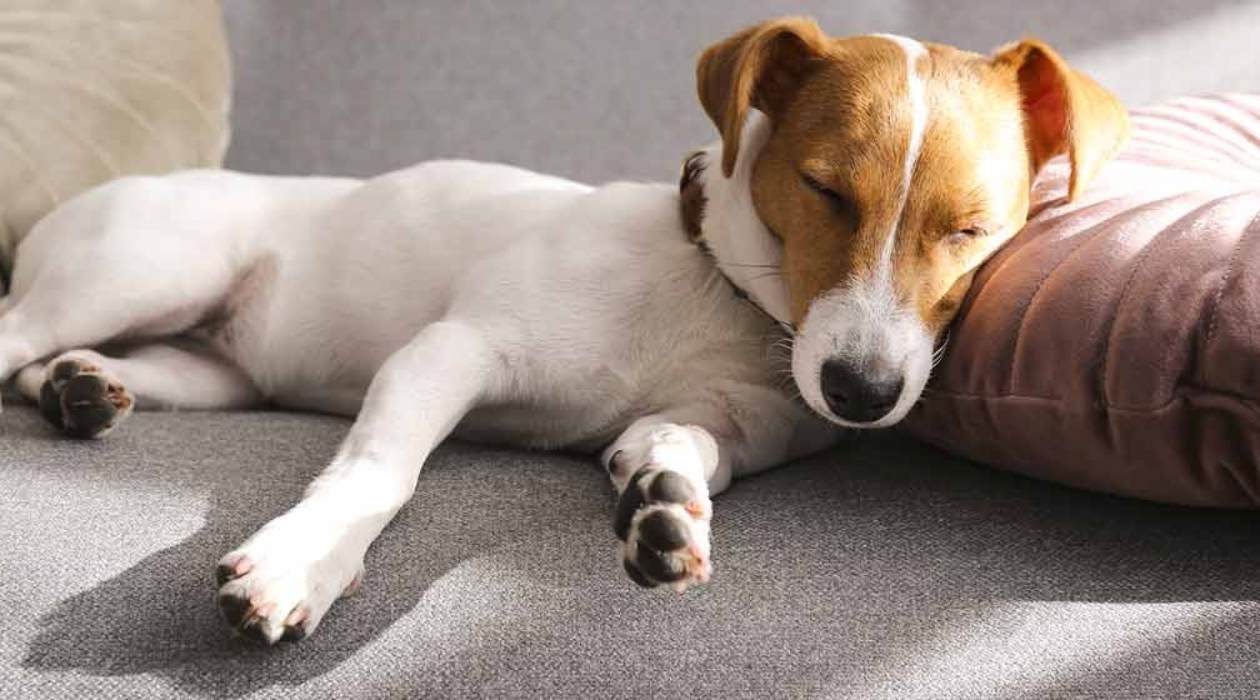

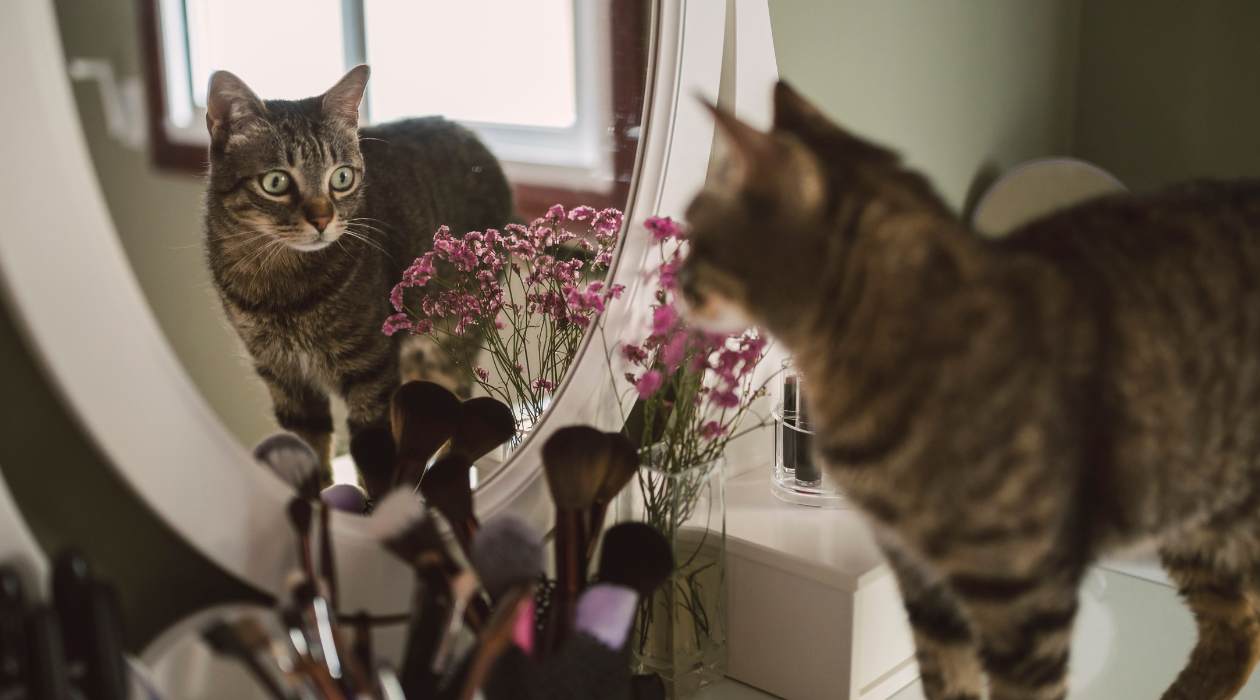
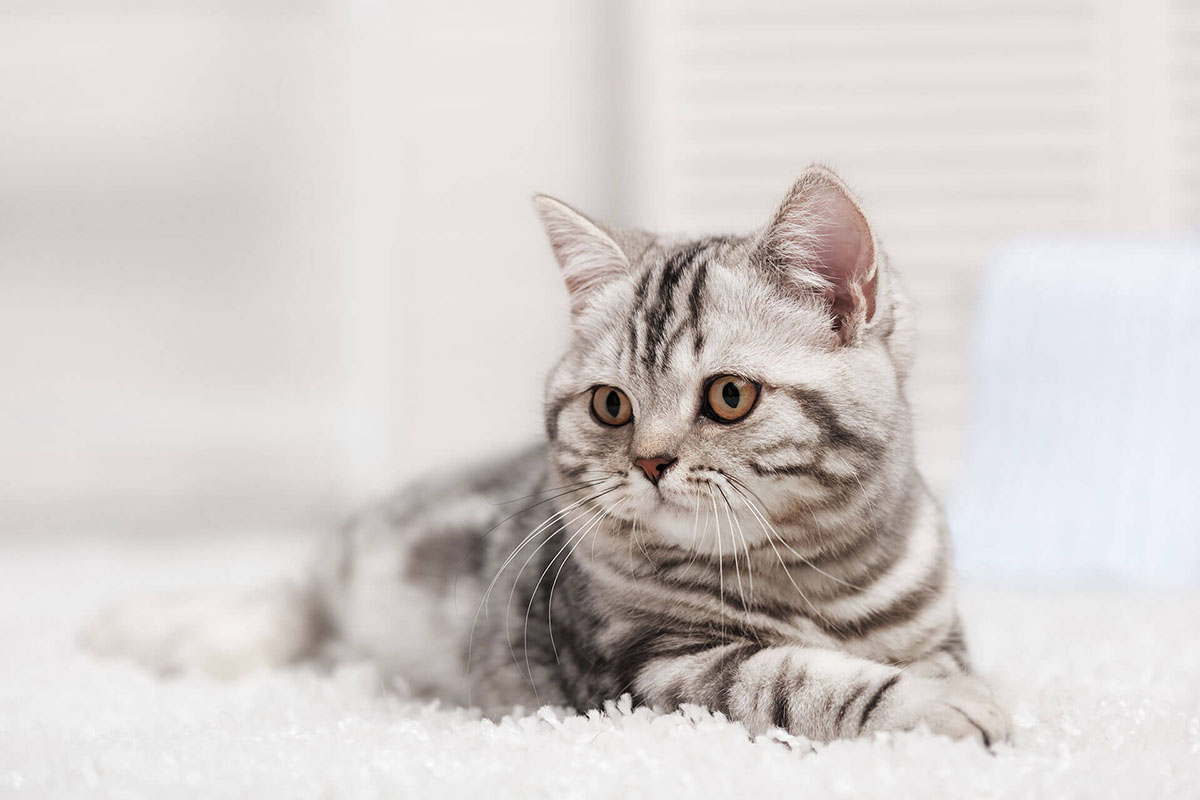
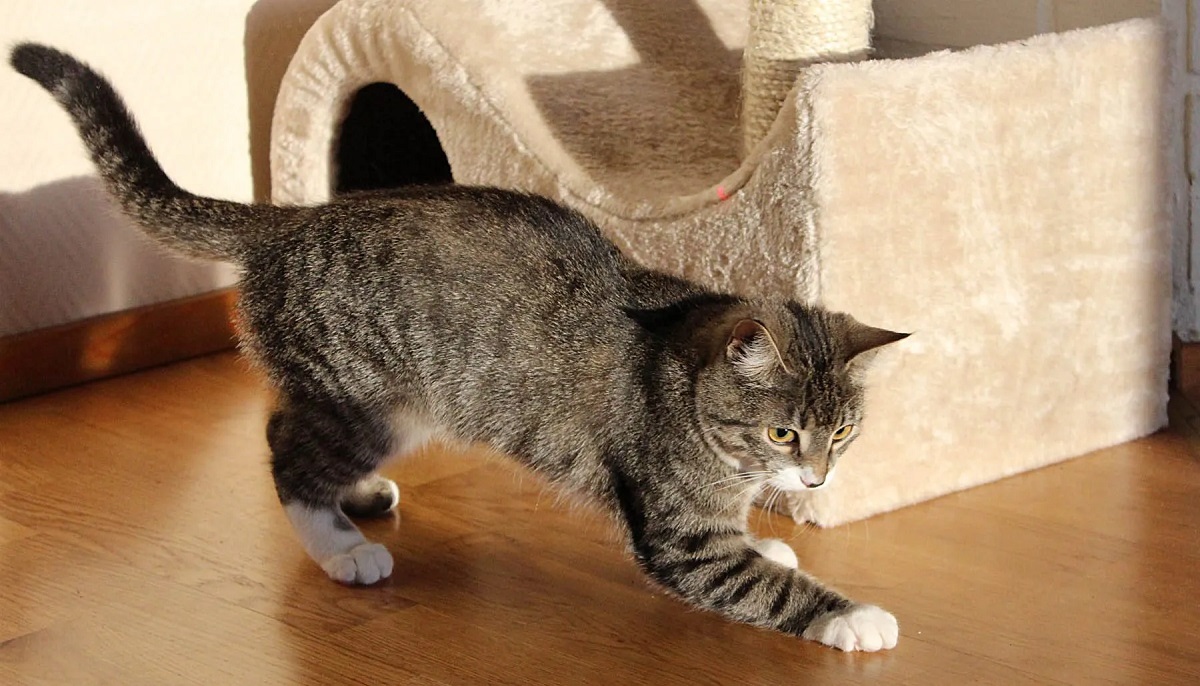

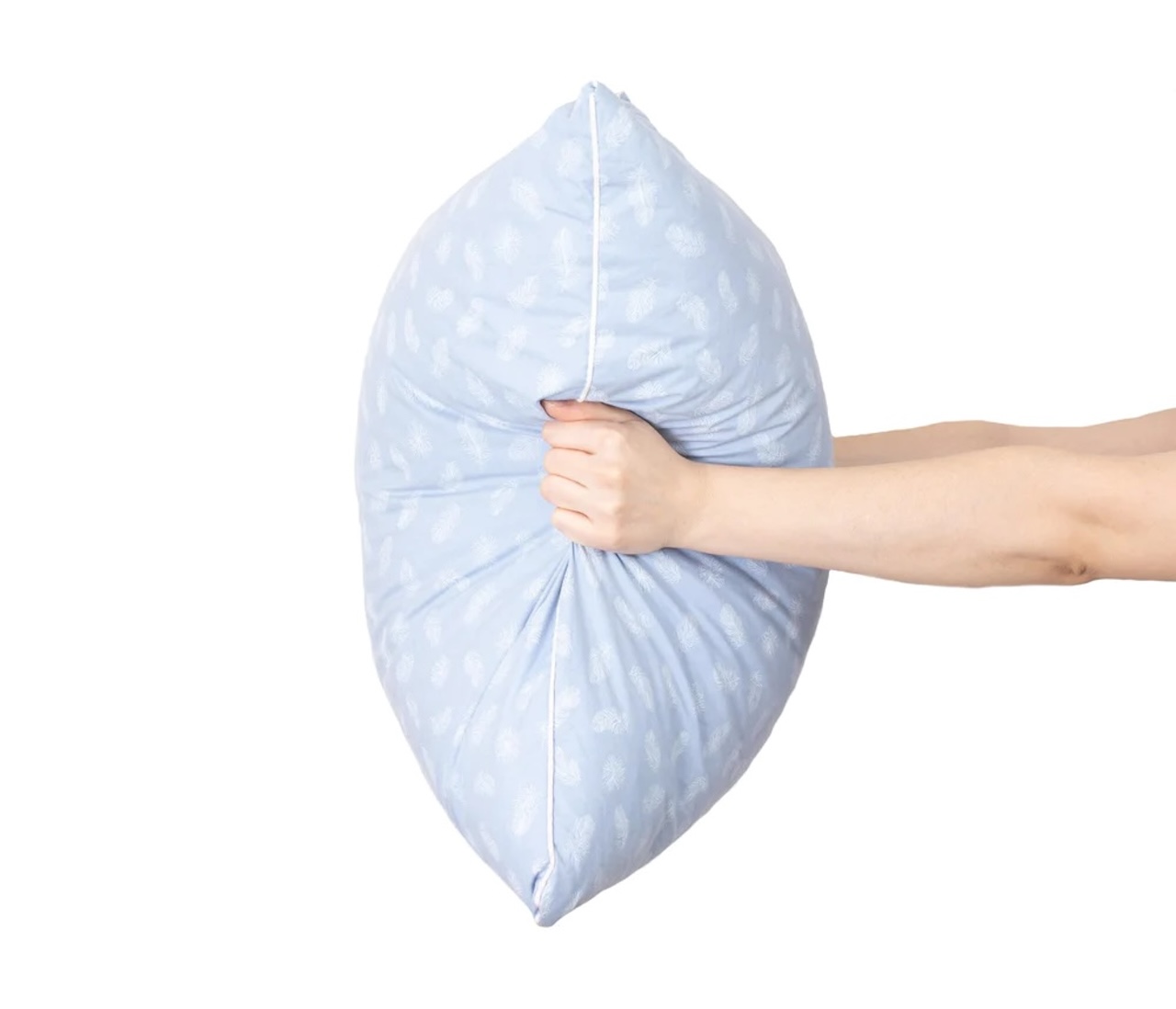
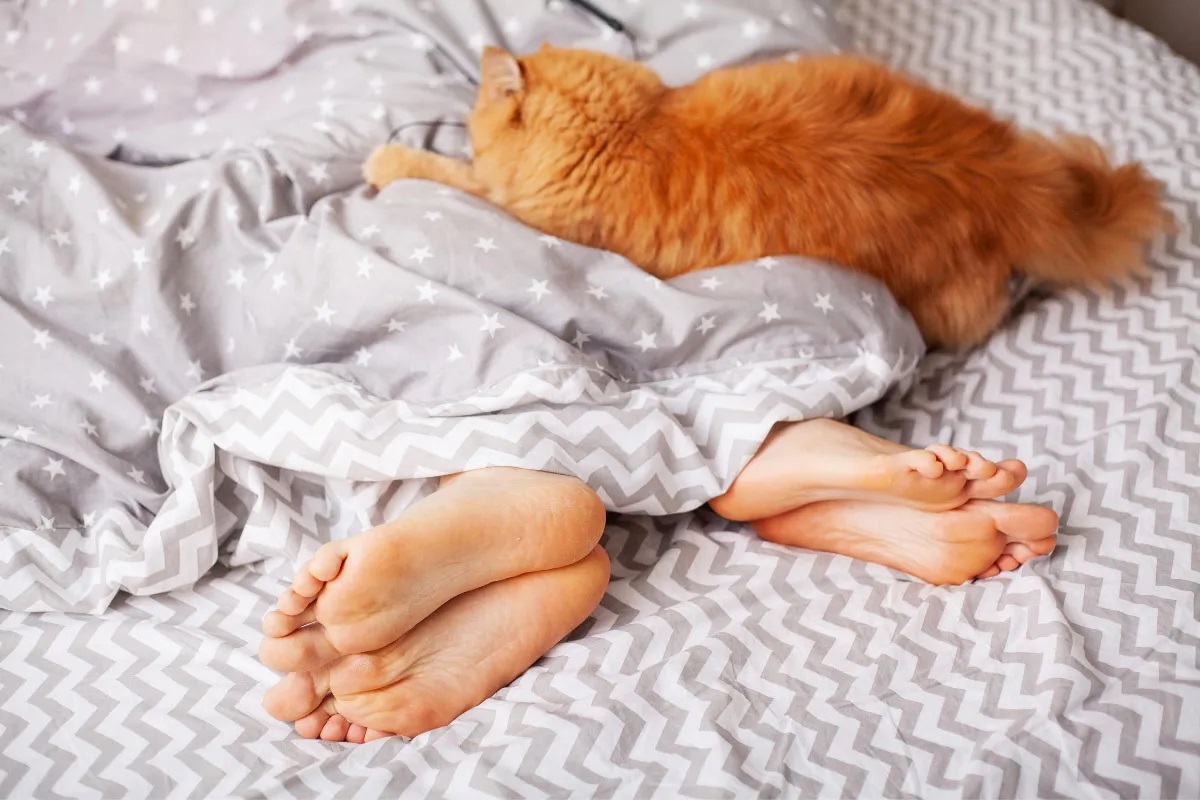
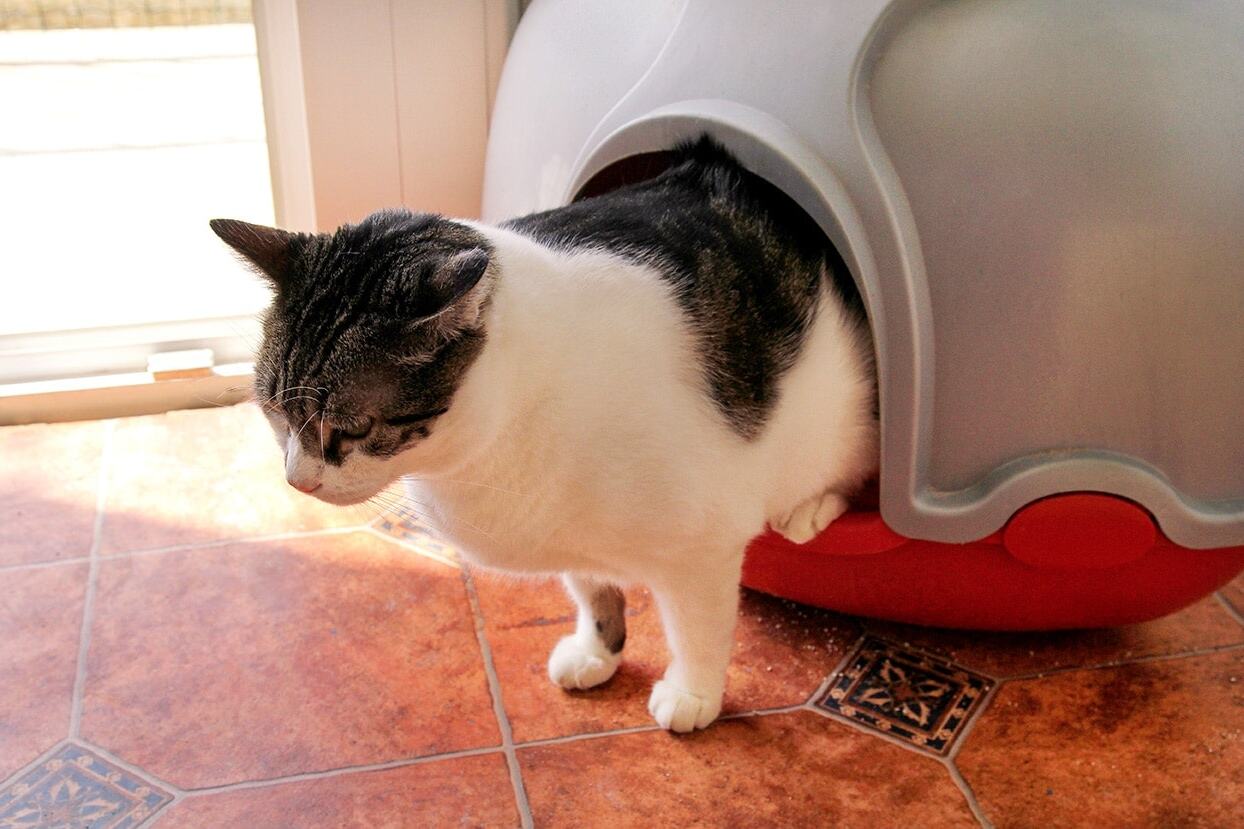
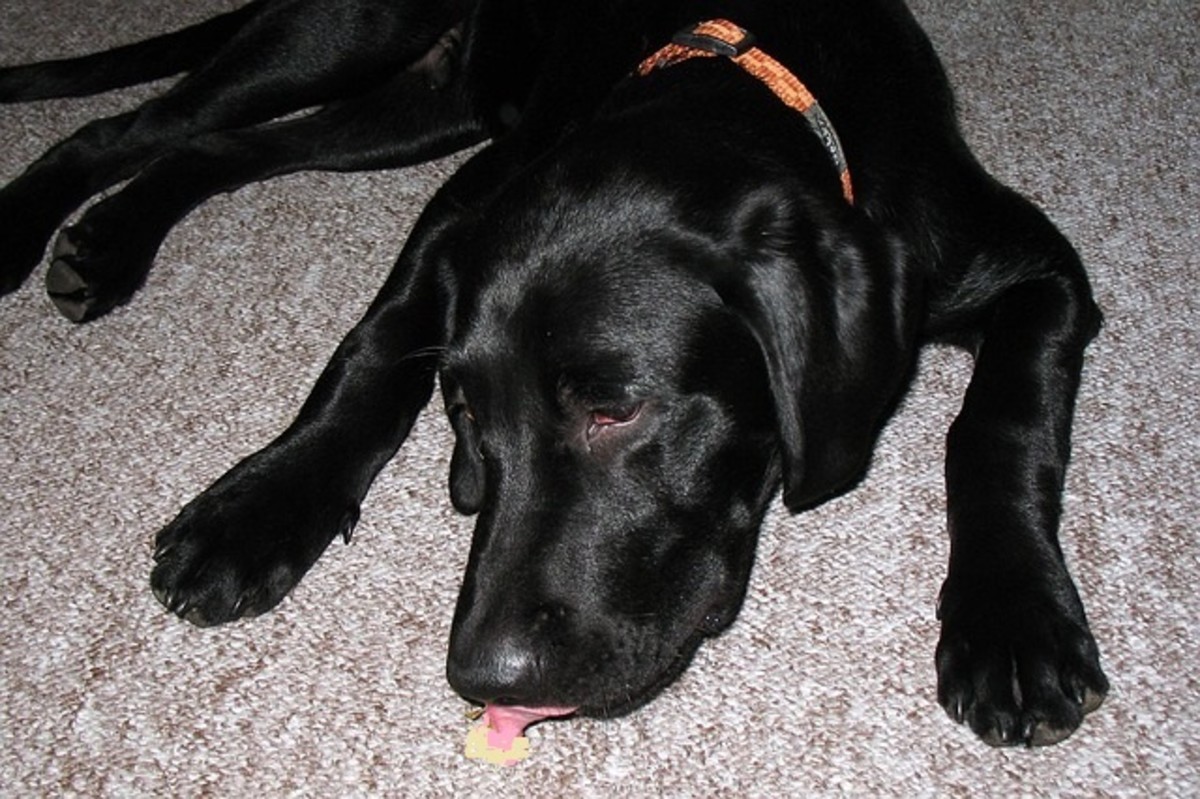

0 thoughts on “Why Do Cats Lick Pillows”